The world of trail running presents a dynamic challenge that road runners rarely encounter: constantly shifting gradients. Unlike predictable pavement, mountain paths demand a nuanced understanding of how to adapt one's biomechanics and energy systems to undulating terrain. Mastering slope adaptation separates recreational joggers from true mountain goats—those lithe runners who float uphill and descend with controlled abandon.
Uphill running engages entirely different muscle groups compared to flat terrain. The quadriceps, glutes, and calves bear the brunt of vertical gain, while the hip flexors work overtime to lift each step. Experienced trail runners develop an intuitive sense for gradient changes, subtly adjusting their stride length and cadence before the slope becomes apparent to the naked eye. This anticipatory adaptation comes from hours spent reading the trail's subtle cues—the way rocks tilt, how roots angle, and where erosion patterns indicate the steepest lines.
On moderate inclines between 10-15%, most runners naturally shorten their stride and increase turnover. The body's wisdom here surpasses any coaching advice—when gravity pulls harder, we instinctively adopt a more efficient climbing rhythm. Problems arise when runners fight this natural adjustment, either by overstriding uphill or maintaining flat-ground mechanics. The mountain always wins these battles through premature fatigue or, worse, injury.
Descending presents its own complex biomechanical puzzle. While gravity assists, uncontrolled downhill running can generate forces up to 3-5 times body weight with each footstrike. Seasoned trail runners develop eccentric strength that allows them to brake efficiently without quad-crushing deceleration. The secret lies in letting the hill dictate the rhythm while maintaining just enough tension to prevent crashing. Proper downhill technique involves leaning slightly forward from the ankles (not the waist), keeping knees softly bent, and allowing arms to balance like outriggers on a canoe.
Technical terrain amplifies these challenges exponentially. A 20% slope covered in loose scree requires different adaptations than a smooth dirt path at the same gradient. In rocky sections, trail runners often adopt a "crab-like" sideways motion on extreme inclines, using their hands for balance. Muddy descents call for shorter, more frequent steps to maintain traction. These micro-adjustments happen subconsciously in experienced athletes but can be trained through deliberate practice.
The metabolic demands of slope running dwarf flat-ground efforts. Uphill sections rapidly deplete glycogen stores as the body recruits more muscle fibers. Downhill running, while less aerobically challenging, creates significant muscle damage from eccentric contractions. This explains why trail runners often report feeling more destroyed after a steep descent than a tough climb. Nutrition strategies must adapt accordingly, with increased carbohydrate intake during sustained climbs and emphasis on protein for recovery after technical descents.
Footwear selection becomes critical when facing variable gradients. Shoes designed for steep terrain typically feature aggressive lugs (8-10mm deep) for uphill traction and controlled braking on descents. The best uphill shoes prioritize lightweight construction and a stiff midsole to prevent energy loss on pushes. Downhill-oriented models often include rock plates for protection and reinforced toe boxes for those inevitable encounters with unseen obstacles.
Mental adaptation proves equally vital as physical preparation. Long climbs require patience and rhythm—qualities many road runners lack after years of chasing splits. Successful mountain runners develop what Tibetans call "lung-gom"—a trance-like state where effort becomes detached from conscious thought. On descents, the mind must process terrain at lightning speed while the body remains relaxed enough to flow with the mountain's contours.
Seasonal changes dramatically affect slope strategies. Summer's dry conditions allow for more aggressive lines and faster descents. Autumn leaves hide rocks and roots, demanding cautious foot placement. Winter running on snow-covered slopes requires entirely different techniques, often resembling a controlled fall more than traditional running. The true master adapts not just to the terrain's present state, but anticipates how it will evolve throughout the run.
Altitude compounds all these factors. As oxygen becomes scarce above 2,500 meters, even moderate inclines feel punishing. The body's ability to process lactate decreases, making sustained climbs particularly brutal. Altitude-adapted runners develop more efficient breathing patterns and learn to distribute effort across long climbs. Interestingly, descents at altitude often feel easier than sea-level downhill running due to reduced impact forces in thinner air.
Training for variable gradients requires specificity. Treadmill workouts can simulate sustained climbs but fail to replicate the unpredictable nature of trail gradients. Hill repeats on actual trails provide the most functional adaptation, teaching both cardiovascular systems and stabilizer muscles to handle constant variation. Many elite trail runners prioritize "vert gain" over mileage in their training logs, knowing that vertical adaptation provides greater performance benefits than flat speed.
The most beautiful aspect of slope adaptation is its democratizing effect. While flat running favors the genetically gifted with high VO2 max, mountain running rewards technique and mental toughness. We've all seen wiry veterans outclimb younger, fitter-looking athletes—proof that mastery of gradient transcends raw athleticism. The mountains measure different qualities: patience, wisdom, and the ability to listen to both body and terrain.
Ultimately, slope adaptation in trail running mirrors life's own undulations. We learn to ascend with determination, descend with control, and flow through the technical sections with grace. The mountain teaches humility—no matter how strong we become, there's always a steeper slope waiting around the next switchback. Perhaps that's why trail runners keep returning to the hills: not just to conquer gradients, but to discover how we adapt to life's constant changes.

By Elizabeth Taylor/May 9, 2025

By David Anderson/May 9, 2025

By Amanda Phillips/May 9, 2025

By Victoria Gonzalez/May 9, 2025

By Rebecca Stewart/May 9, 2025

By Michael Brown/May 9, 2025

By William Miller/May 9, 2025
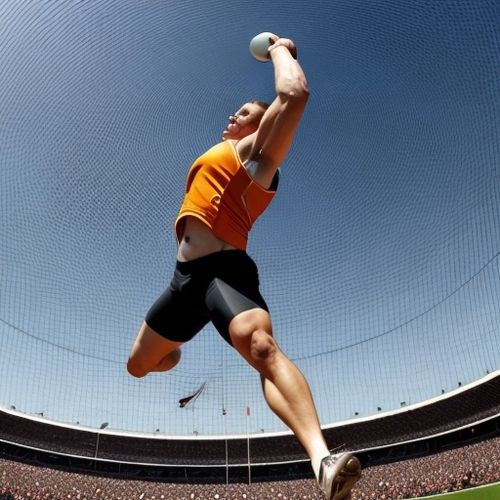
By James Moore/May 9, 2025

By Christopher Harris/May 9, 2025
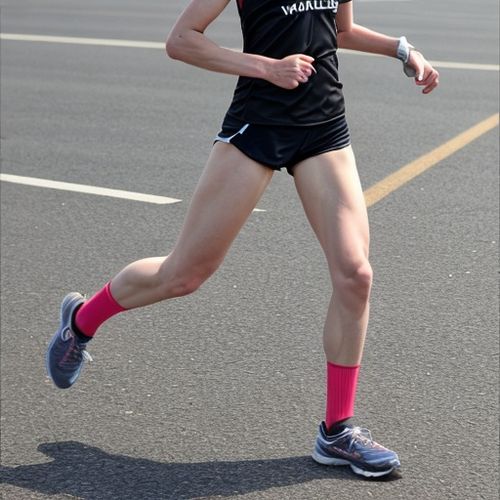
By George Bailey/May 9, 2025
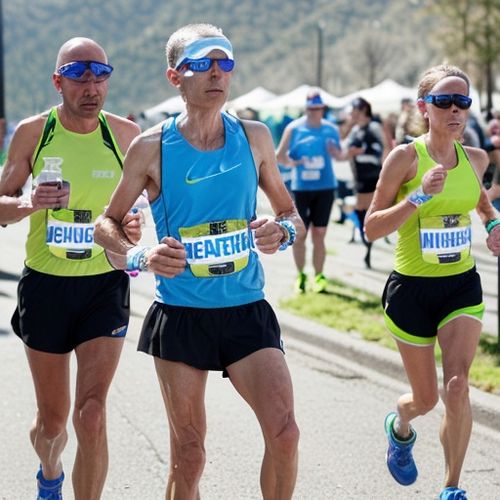
By John Smith/May 9, 2025

By John Smith/May 9, 2025

By Samuel Cooper/May 9, 2025
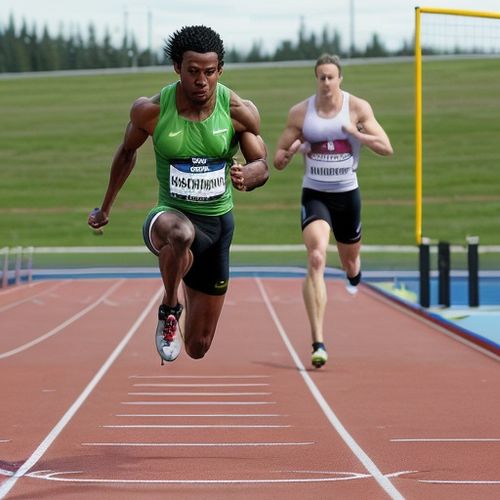
By Christopher Harris/May 9, 2025
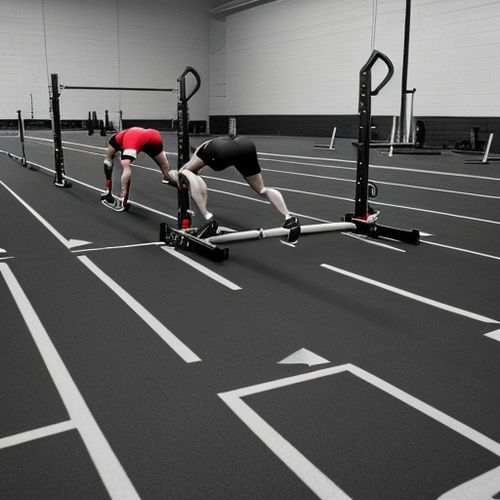
By Megan Clark/May 9, 2025
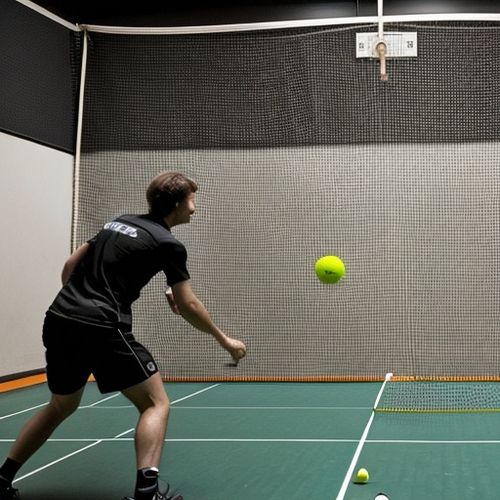
By Victoria Gonzalez/May 9, 2025

By William Miller/May 9, 2025
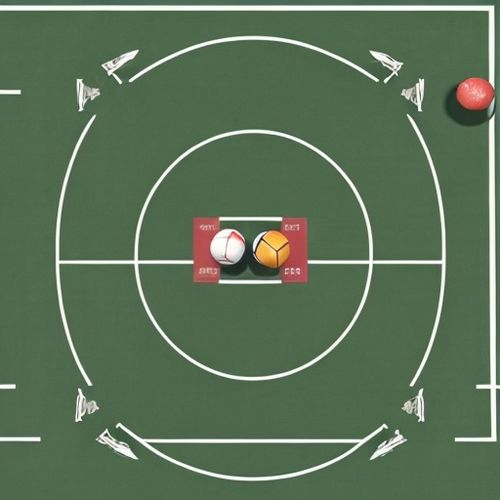
By Natalie Campbell/May 9, 2025

By Megan Clark/May 9, 2025

By Michael Brown/May 9, 2025